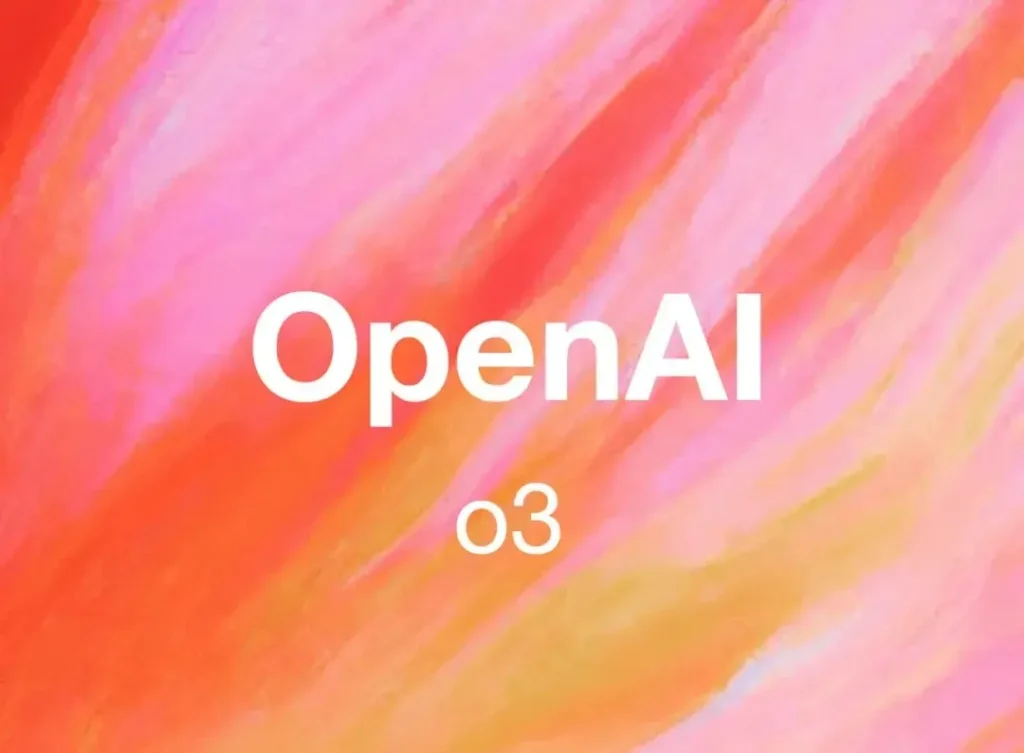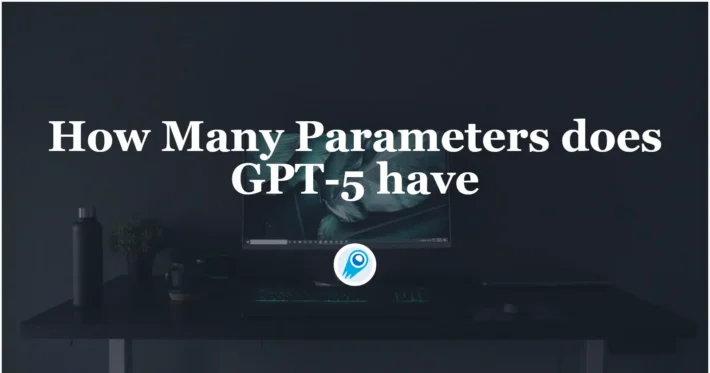How Much Does O3 Cost per Generation?

Understanding the economics of using advanced AI models is crucial for organizations balancing performance, scale, and budget. OpenAI’s O3 model—renowned for its multi-step reasoning, integrated tool execution, and broad-context capabilities—has undergone several pricing revisions in recent months. From steep introductory rates to an 80% price reduction and the launch of a premium O3‑Pro tier, the cost dynamics of O3 generations directly impact everything from enterprise deployments to research experiments. This article synthesizes the latest news and official data to provide a comprehensive, 1,200‑word analysis of O3’s cost structure per generation, offering actionable insights into optimizing spend without sacrificing capability.
What Constitutes the Cost of O3 Model Generations?
When evaluating the cost of invoking O3, it’s essential to decompose the pricing into its fundamental components: input tokens (the user’s prompt), output tokens (the model’s response), and any cached‑input discounts that apply when reusing system prompts or previously processed content. Each of these elements carries a distinct per‑million‑token rate, which together determine the all‑in cost of a single “generation” or API call.
Input Token Costs
O3’s fresh input tokens are billed at $2.00 per million tokens, a rate that reflects the compute resources required to process new user data . Enterprises sending large prompts for document analysis or codebases must account for this baseline when estimating monthly usage.
Output Token Costs
The model’s generated output incurs a higher rate—$8.00 per million tokens—due to the additional compute and memory-intensive chaining of reasoning steps required to produce complex, structured responses. Projects that anticipate verbose or multi-part answers (e.g., long-form summaries, multi-turn agent plans) should model output token costs conservatively.
Cached‑Input Discounts
To encourage repeatable workflows, O3 offers a 75% discount on cached input tokens—effectively reducing that portion to $0.50 per million when reusing system prompts, templates, or previously generated embeddings . For batch processing or retrieval‑augmented pipelines where the system prompt remains static, caching can dramatically lower total spend.
How Has O3 Pricing Changed with Recent Updates?
Several weeks ago, OpenAI announced an 80% reduction in O3’s standard pricing—slashing the input rate from $10 to $2 and output from $40 to $8 per million tokens. This strategic move made O3 far more accessible to smaller developers and cost‑sensitive enterprises, positioning it competitively against alternatives like Claude 4 and earlier GPT‑4 variants.
80% Price Reduction
The community announcement confirmed that O3’s input token cost dropped by four‑fifths, from $10.00 to $2.00 per million, and output from $40.00 to $8.00 per million—an unprecedented markdown among flagship reasoning models . This update reflects OpenAI’s confidence in scaling O3 usage and capturing broader market share.
Cached Input Optimization
Alongside the headline cuts, OpenAI doubled down on cached‑input incentives: the discounted rate moved from $2.50 to $0.50 per million, reinforcing the value of reuse in recurring workflows . Architects of retrieval‑augmented generation (RAG) systems can lean heavily on caching to maximize cost efficiency.
What Premium Does O3‑Pro Command Compared to Standard O3?
In early June 2025, OpenAI launched O3‑Pro, a higher‑compute sibling to standard O3 designed for mission‑critical tasks demanding utmost reliability, deeper reasoning, and advanced multimodal capabilities. However, these enhancements come at a significant premium.
O3‑Pro Pricing Structure
According to El País, O3‑Pro is priced at $20.00 per million input tokens and $80.00 per million output tokens—ten times standard O3 rates—reflecting the extra GPU hours and engineering overhead behind real‑time web search, file analysis, and visual reasoning features .
Performance vs. Cost
While O3‑Pro delivers superior accuracy on benchmarks across science, programming, and business analytics, its latency is higher and costs spike sharply—making it suitable only for high‑value use cases such as legal document review, scientific research, or compliance auditing where errors are unacceptable .
How Do Real‑World Use Cases Impact Generation Costs?
The average cost per O3 generation can vary widely depending on the nature of the task, model configuration (standard vs. Pro), and token footprint. Two scenarios illustrate these extremes.
Multimodal and Tool‑Enabled Agents
Companies building agents that combine web browsing, Python execution, and image analysis often hit the full fresh‑input rate for sprawling prompts and extended output streams. A typical 100‑token prompt generating a 500‑token response might cost roughly $0.001 for input plus $0.004 for output—about $0.005 per agent action at standard rates .
ARC‑AGI Benchmarks
By contrast, the Arc Prize Foundation estimated that running the “high‑compute” configuration of O3 on the ARC‑AGI problem set cost approximately $30,000 per task—far beyond API pricing and more indicative of in‑house training or fine‑tuning compute expenses . While not representative of API usage, this figure underscores the divergence between inference costs and research‑scale training overhead.

What Strategies Can Optimize O3 Generation Costs?
Organizations can adopt several best practices to manage and minimize O3 spend without compromising on AI-driven capabilities.
Prompt Engineering and Caching
- Systematic Prompt Reuse: Isolate static system prompts and cache them to benefit from the $0.50 per million token rate.
- Minimalist Prompts: Trim user prompts to essential context, employing retrieval to supplement long‑tail information outside the model.
Model Chaining and Batching
- Chain‑Rank Architectures: Use smaller or cheaper models (e.g., O3‑Mini, O4‑Mini) to filter or pre‑process tasks, sending only critical slices to full‑sized O3.
- Batch Inference: Group high‑volume requests into fewer API calls when feasible to leverage per‑call overhead efficiencies and limit repeated input costs .
Getting Started
CometAPI provides a unified REST interface that aggregates hundreds of AI models—under a consistent endpoint, with built-in API-key management, usage quotas, and billing dashboards. Instead of juggling multiple vendor URLs and credentials.
Developers can access O3 API(model name: o3-2025-04-16) through CometAPI, the latest models listed are as of the article’s publication date. To begin, explore the model’s capabilities in the Playground and consult the API guide for detailed instructions. Before accessing, please make sure you have logged in to CometAPI and obtained the API key. CometAPI offer a price far lower than the official price to help you integrate.
Conclusion
OpenAI’s O3 model stands at the forefront of reasoning‑first AI, with per‑generation costs shaped by input/output token rates, caching policies, and version tiers (standard vs. Pro). Recent price cuts have democratized access, while O3‑Pro introduces a high‑pricing tier for deep‑analysis workloads. By understanding the breakdown of charges, applying caching judiciously, and architecting workflows to balance precision with expense, developers and enterprises can harness O3’s capabilities without incurring prohibitive costs. As the AI landscape evolves, continual monitoring of pricing updates and strategic optimization will remain pivotal in maximizing ROI on O3 deployments.


